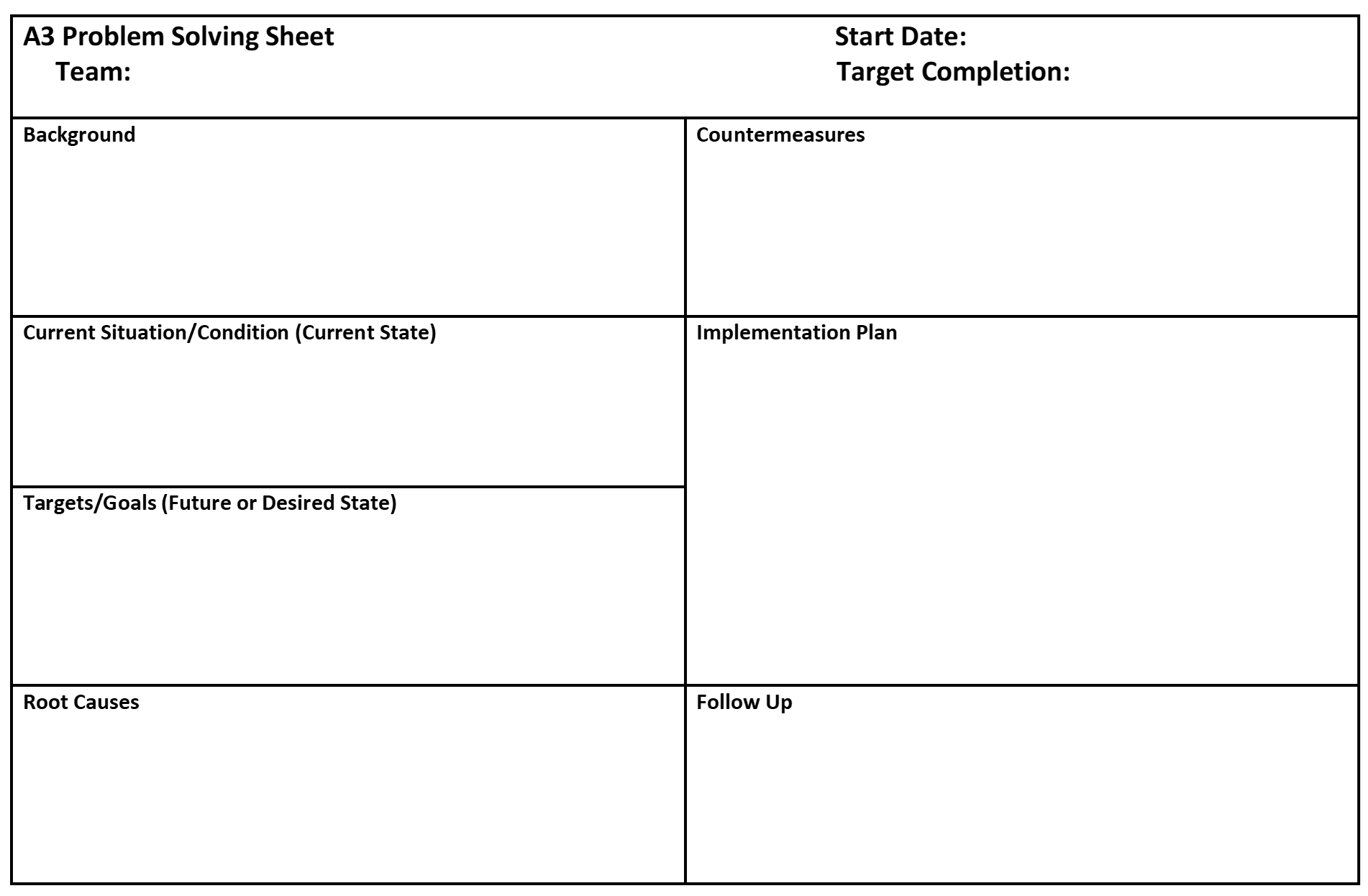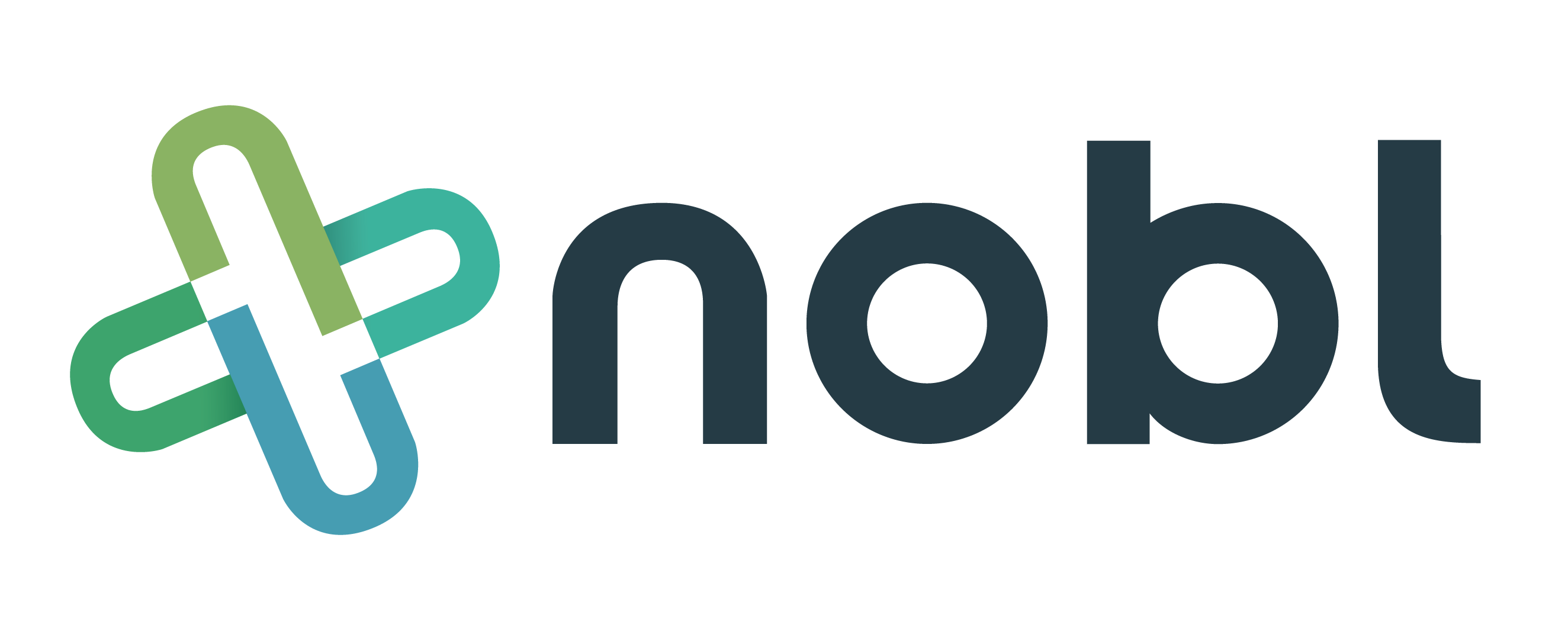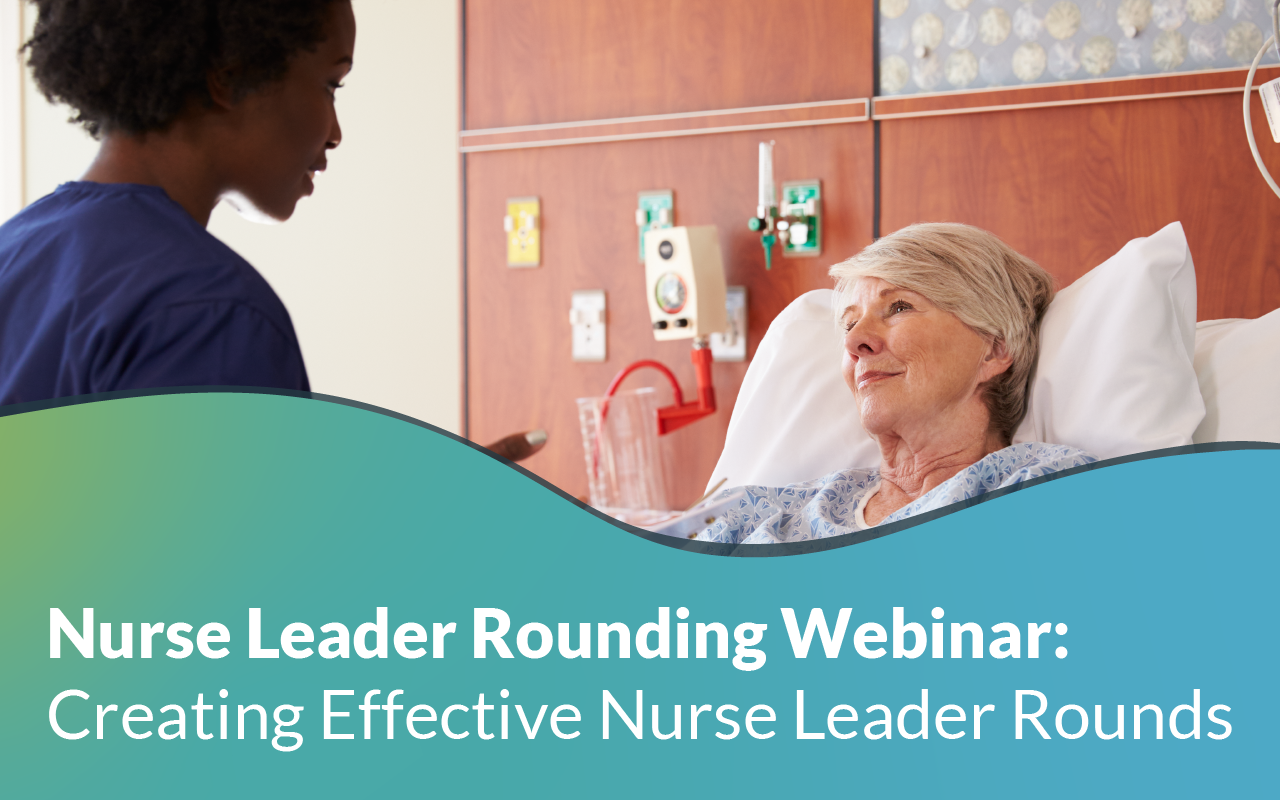
3 min read
Lean Methodology and the Patient Experience
Nobl Health May 6, 2022 11:12:00 PM
As more and more healthcare facilities adopt the principles of lean methodology to inform quality care improvement, it is important for all stakeholders to understand and use these tools within the realm of patient experience, not just quality and safety and how to improve patient care. True empowerment begins when frontline governance leaders are also included, especially if they are expected to be part of nurse leader rounding.
Simplified Lean Concepts for Patient Experience

For those not yet familiar with the key elements of lean, here are a few foundational concepts outlined by Cindy Jimmerson, in her classic work A3 Problem Solving for Healthcare (2007). They are also the core values for her organization, Lean Healthcare West. Although there are newer and more complex models for the application of lean methods to healthcare, the simplicity of Jimmerson’s work makes it easy to use with very little additional education and coaching. Understanding the end goal – the future or ideal state is a great place to start. The most effective planning identifies the gaps between the current state or process and the ideal state and then addresses those gaps. The Ideal state as it applies to healthcare patient experience includes the following:
-
- Exactly what the patient needs, defect free
- Defects in healthcare can mean severe injury or even death. Quality and safety are high priorities. This can also mean meeting the expectations that the patient has for the minimum acceptable experience.
- One-by-one customized to each individual patient
- In patient experience, these are the ‘wow’ elements that can be identified for each patient by listening to their story with wants and needs or even observing what pleases them and replicating those things.
- On demand, exactly as requested
- Responsiveness scores on patient satisfaction surveys can be considered as measures of patient ‘on-demand’ needs.
- Immediate response to problems or changes
- Effective service recovery that closes the loop for the patient to rebuild their trust in the organization is key.
- No waste [human, financial, or operational resources]
- An example of ‘waste’ might be nursing leader rounding on patients at risk to perceive their experience negatively compared to rounding on every patient, even those we know are already highly engaged with the organization.
- Safe for patients, staff, and clinicians: physically, emotionally, professionally
- Meeting expectations of safety must occur first. Errors or threatening situations immediately sabotage all other efforts or activities that create a positive perception of the experience.
- Exactly what the patient needs, defect free
Organizations have found innovative ways to leverage these concepts into strategies to improve patient satisfaction. One tool, A3 problem-solving and documentation is very popular and easy for staff to learn and use.
What is A3 problem solving and what is an A3 Document?

“A3 problem solving is a structured problem-solving and continuous-improvement approach, first employed at Toyota, and typically used by lean manufacturing practitioners. It provides a simple and strict procedure that guides problem solving by workers. The approach typically uses a single sheet of ISO A3-size paper, which is the source of its name.”
The following is an example of a simple A3 Problem Solving Sheet used to guide an individual or team through the phases of improvement. An online search will yield many variations on these themes and additional lean tools to use as part of the overall change process. This form uses the terms ‘current situation/condition’ and ‘targets/goals’ to reference current and future state, but the principles here are the same as more complex examples that may be utilized. Countermeasures are the changes that must be implemented to move from the current to the target condition.

Four Rules for Problem-Solving

Besides countermeasures, Spear & Bowen offer four rules to use for problem solving/improvement within a process that can be adapted to give teams more guidance beyond the A3.
- Activities – all activities of work in a process, may be specified by
- Content (what is the work?)
- Sequence (in what order should it occur?)
- Timing (about how long should it take?)
- Outcome (what result is clearly expected?)
- Connections (direct communication between two people – think of making a request)
- Direct (no middle man in the request)
- YES/NO answer (no maybes)
- Pathways – steps in delivering the requested product or service
- Simple (involving as few steps and people as necessary)
- Direct
- Improvement –
- Direct response to problem
- As close to the problem as possible
- As an experiment
- By those doing the work
- Supported by a coach
Adapted from Spear, S. and Bowen, H.K. “Decoding the DNA of the Toyota Production Review.” Harvard Business Review, 1999, p 15.
It is at the fourth rule – Improvement – that links these principles to the A3 document, or some variation of it, to address the essentials of current state versus ideal or desired state. By evaluating the first three rules, the defects or problems in the process should become evident enough to be actively addressed.
Using A3 Methodology and Nobl to Improve Patient Experience
A wonderful example of the effective use of the A3 methodology and Nobl to improve patient experience is the work that Wellstar Paulding Hospital (WPH) that contributed to their 2020 Baldrige Award and 2021 Magnet® designation. Nobl recently joined nursing leaders from WPH to present the outcomes of this work at the 2022 Beryl Institute ELEVATE PX Conference. The innovations that resulted from this work are simple, effective tools that might work at other facilities too.
Written by Teresa L Anderson, EdD, MSN, NE-BC, Nobl Chief Nursing Officer
New Free eBook
Best Practices for Sharing and Reviewing Data from the Nobl Rounding Platform
Beryl Institute Case study
Improved First Impressions at Your Front Door - Patient Ambassador Rounders Enhance the Patient Experience of a Busy Emergency Department
Recent Posts

Staffing Issues Shouldn’t Derail Patient Rounds



